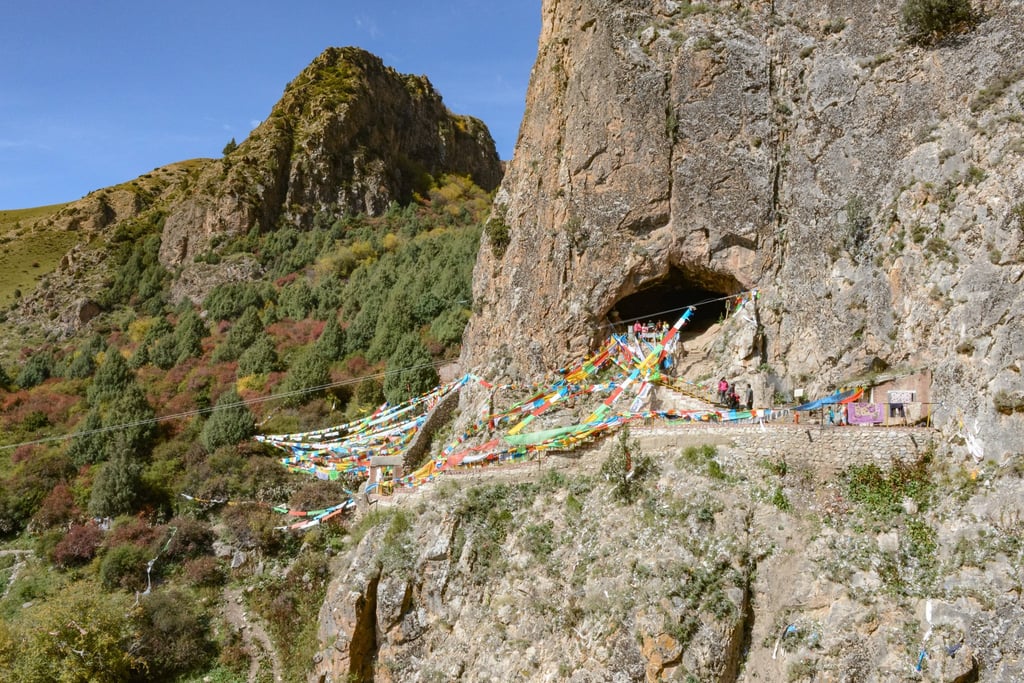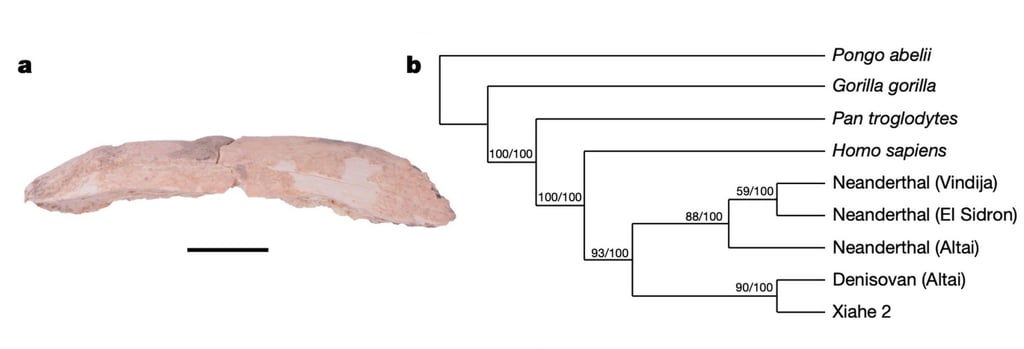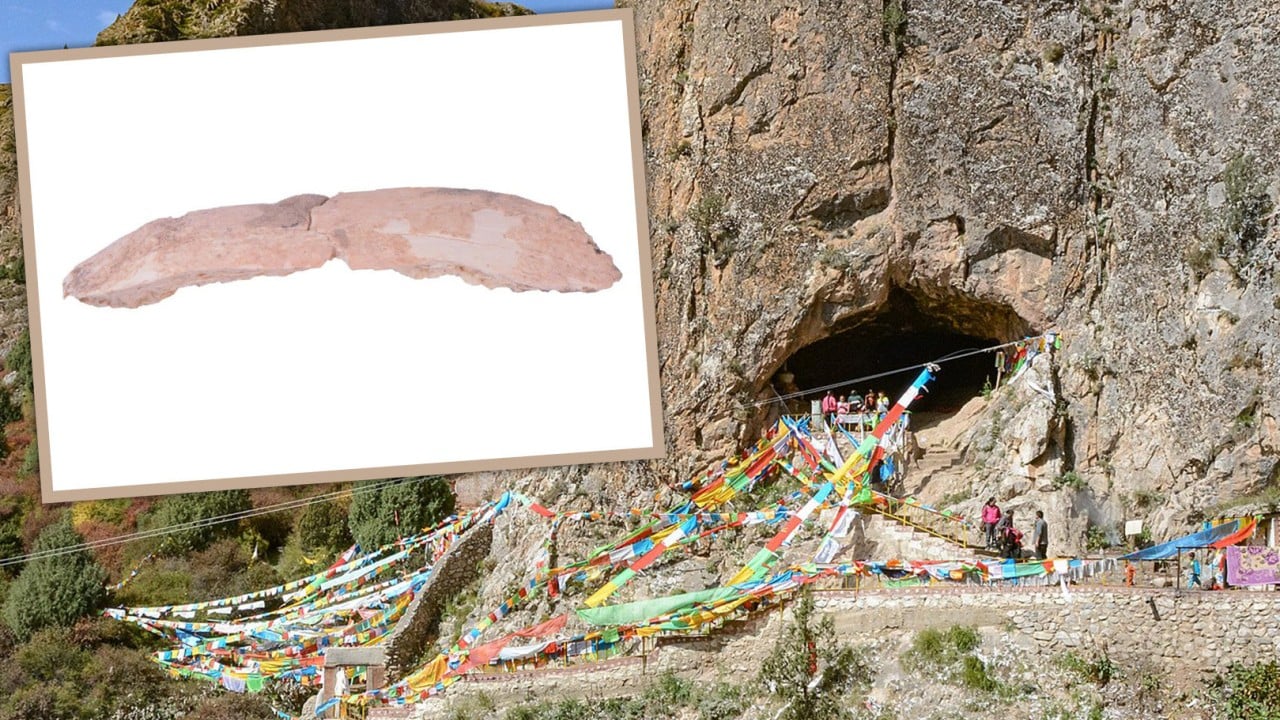Over 100,000 years ago, a mysterious cousin of the modern human inhabited the lands of the Tibetan Plateau, likely subsisting by hunting for food and possibly interacting with their Homo sapien counterparts.
Called Denisovans, so few fossils of these ancient hominins have been found that they have yet to be officially identified with a formal taxonomy.
Recently, a group of scientists made a small breakthrough in Denisovan research when a rib bone was found inside a cave on the Tibetan Plateau alongside a mass collection of animal bones. The bone was found in the Baishiya Karst Cave, which has become a Tibetan sanctuary in modern-day Gansu province in north-central China.

“We have so few Denisovan fossils and so little archaeological data that we don’t really know if and how Denisovans were different from modern humans. Except, of course, that they were a hominin population that diverged from the lineage leading to modern humans about 700,000 years ago,” said Frido Welker, an associate professor at the University of Copenhagen in Denmark. Welker is also a co-author of a new study published in the peer-reviewed journal Nature in early July that analysed the rib bone.
The team believes the Denisovans inhabited the cave between 40,000 and 167,000 years ago, and possibly lived there as early as 224,000 years ago.
Welker told the Post that, based on other archaeology sites from the Tibetan Plateau, Homo sapiens first appeared in the region at the tail end of that timeline around 40,000 years ago.
If the rib bone indeed belonged to a Denisovan who lived 40,000 years ago, it would represent the youngest example of the hominin species.

The study also described Denisovan behaviour that was remarkably similar to that of ancient humans.
“We see that many of the bones contain traces of hominin activity, such as those left behind when cutting meat from a bone. In contrast, we find almost no traces of carnivore activity, indicating that the faunal accumulation is likely the result of Denisovan activities,” said Welker.
The ribs were found along with bones from large herbivores, carnivores, small mammals, and birds. Specifically, the cave inhabitants appear to have particularly enjoyed eating blue sheep, which dominated the faunal assemblage. Blue sheep, or bharals, are horned mountain sheep native to the Himalayas that still boast a relatively healthy population.
The scientists believe the Baishiya Karst Cave region featured a highly dense bovid population amid vibrant biodiversity.
The Denisovan activity also appears to have gone beyond simply eating the meat, and included evidence that the people had stayed in the cave for long periods of time, using the animals for other purposes such as making tools.
The authors wrote in the study: “This reveals that Denisovans made full use of the animal resources available to them in order to survive on the high-altitude Tibetan Plateau during the last glacial-interglacial-cycle.”

The researchers are confident that the rib bone belongs to a Denisovan specimen because of a technique called zooarchaeology by mass spectrometry, or ZooMS, which analyses proteins by differentiating between the amino acid structures of a given species.
The team found the amino acid sequence of the rib bone was unique from Homo sapiens and Neanderthals while being consistent with amino acids found in the few other Denisovan fossils.
Beyond the rib bone fossil, scientists have only found a Denisovan finger, some teeth, a skull fragment and a jawbone. The finger, which was found in Siberia in 2010, was the breakthrough fossil that allowed scientists to theorise that they had discovered a species of hominin not related to Neanderthals or humans.
The rib bone was part of the same assemblage that contained the jaw, which was found in 1980 but was not identified and dated as a Denisovan until 2019. The amino acids of the rib were a relatively close match to the jaw. However, they believe the rib bone belonged to a distinct individual.
Denisovans are particularly fascinating to scientists because they are closely related to both Homo sapiens and Neanderthals, and evidence suggests they interbred with both species.


